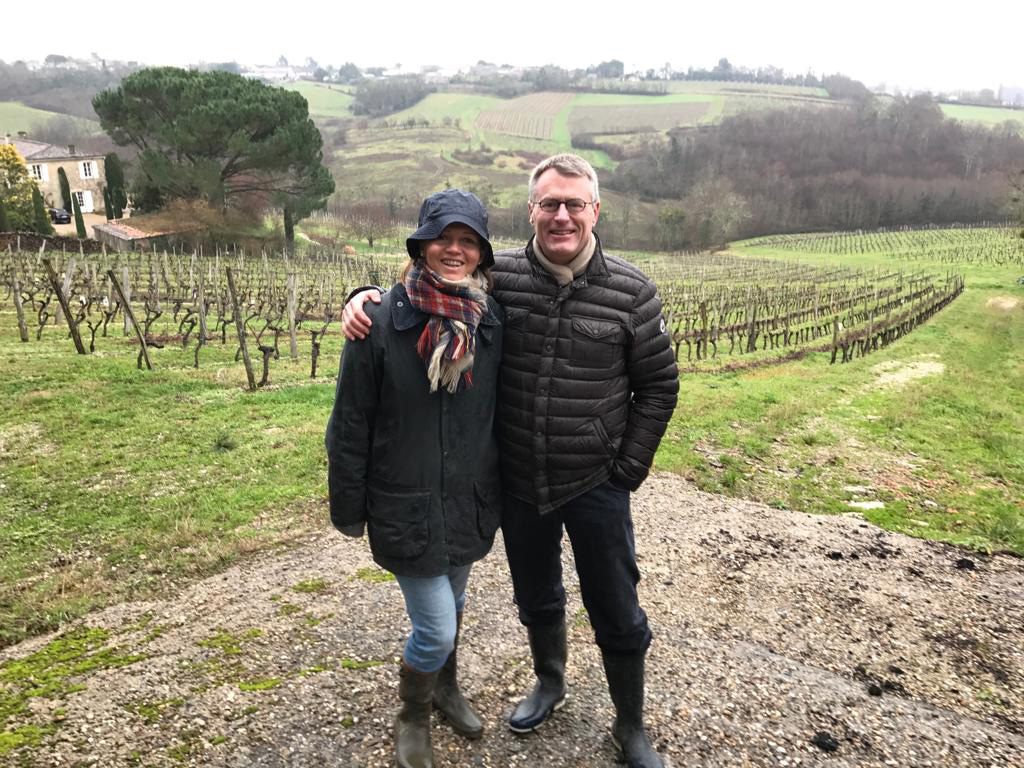The history of PRIEURÉ SAINT ANNE
This wine estate located in Capian is a former monastery on the road to Santiago de Compostela. The buildings overlook the small valley of the Campareau stream. Located in the Hameau de Sainte-Anne d’Artolée, the priory is located on a fairly steep promontory stretching along two streams, Artholia and Campareau Creek. The only thing that remains of the buildings built since the 12th century is the name.
Originally (12th century), there was a religious house called Saint-Anne, "prioratus Sanctae-Annae de Artoleya". At that time, they were the regular canons of Saint-Augustin in Bonnefons. But their misfortune prompted them to cede the priory to the Grande-Sauve Abbey around 1186. In 1190, Pope Clement III and Richard of England ratified the treaty made with La Sauve.
Bernard de Rions, the lord of the property, seized a part of the priory's estates between 1224 and 1225, forcing the devoted peasants to work for him. After numerous attempts by the Abbot of Artolée, he restituted these properties in June 1226.
The priory, which had extended its lands at the beginning of the 13th century, received the church and the Priory of Villenave de Rions between 1361 and 1380 from the archbishop of Bordeaux, Elie de Salignac. By its new dimension, the Priory of Artolée will be considered as a parish in its own right distinct from the one of Capian.
Throughout the 14th and 15th centuries, numerous acts and writings confirmed the numerous rights to numerous lands around Capian and in the Entre-deux-Mers. In 1635, a conflict between the Grande-Sauve Abbey and the Jesuits of Bordeaux started over the lands received since the Priory's attachment to the Abbey (1186).
But around 1648, while taking advantage of the troubles caused by the Fronde, the local lords tried to claim part of his land, supported by the prior and abbot of La Sauve, as the Jesuits tried to recapture this land. This attempt was unsuccessful since, after a long trial in 1651, the Grande-Sauve Abbey had to sell all its Capian tithes to the Collège of the Madeleine.
The priory subsequently lost its community and only one rural chapel remained. In 1732, it was, following a complaint from the priest of Capian, reported that the said chapel was already in very poor condition.
In 1730, according to a brief addressed to the Parliament of Bordeaux, the Saint-Anne chapel was already partly dilapidated. The legend of the map of Belleyme, whose records date from 1761 to 1789, shows a ruined chapel with a leaning cross.
In the 19th century, after the French Revolution, the ruins of the priory, chapel and cloister were used as stone quarries. Sold as a national property, at the end of the 19th century there were only a few holes and piles of earth left, as shown by the reports made by the Société Archéologique de la Gironde.
The purchased estate was transformed into a wine estate. In 1992, the writer Bernard Clavel bought the house, and lived in Capian until 1998. The Hervé family and Suzanne Flipo took over the house and in 2003, they bought the vines surrounding the house. In 2006, Hervé Flipo built a new winery.
In 2018, the vineyard was sold to a Belgian couple, Herwig Callewier and Annelies Corne.


